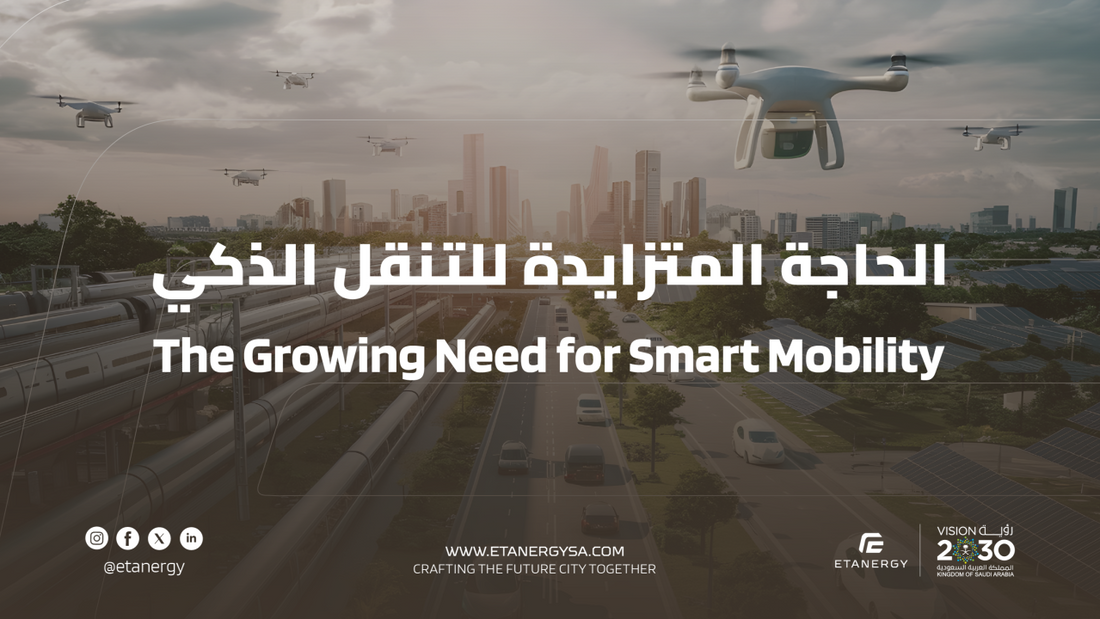
Crafting the Smart Cities of Tomorrow: Infrastructure and Transport Innovations
Share
As the world rapidly urbanizes, the demand for efficient transportation and logistics systems has never been more critical. Increasing urban populations bring challenges such as congestion, air pollution, and climate change. The solution lies in creating smarter, more sustainable cities that leverage advanced technologies to address these issues. This article explores the future of transportation infrastructure and its role in shaping smart cities.
The Growing Need for Smart Mobility
Urbanization is transforming our cities at an unprecedented rate. With more people living in urban areas, the need for effective mobility solutions has skyrocketed. However, this growth comes with significant challenges, including increased congestion, road accidents, and environmental concerns. The future of urban transport must focus on enhancing mobility while reducing negative impacts on the environment.
Smart mobility solutions harness technology to create an integrated transportation ecosystem that addresses these challenges. By optimizing the movement of people and goods, we can reduce congestion and improve air quality, ultimately leading to safer and more efficient urban environments.
Autonomous and Electric Vehicles: The Future of Transport
At the core of smart city transportation is the integration of autonomous and electric vehicles. These innovations are poised to revolutionize how we move within urban environments. Autonomous vehicles, equipped with advanced sensors and AI, can navigate safely in complex urban settings. They operate in dedicated lanes and can communicate with each other to form efficient vehicle convoys.
Electric vehicles (EVs) further enhance this vision of a sustainable future. With zero emissions and low noise levels, they contribute to cleaner air and quieter cityscapes. The integration of EVs into public transport systems is vital, as it allows for more sustainable mobility options that align with the goals of smart cities.
Connected Convoys: A New Approach to Logistics
Connected convoys represent a groundbreaking shift in logistics and transportation. These modular, flexible vehicle groups can adapt to changing transportation needs in real-time. For instance, autonomous connected trailers operate within designated areas, where they can load goods and charge simultaneously.
Once on public roads, these convoys can utilize dedicated bus lanes, enhancing efficiency and reducing delays. The flexibility of these systems allows for mobile consolidation centers that can adjust to schedule updates and optimize routes based on current demand.
Charging Infrastructure: Powering the Future
As we transition to electric mobility, robust charging infrastructure becomes essential. Fast-charging stations at key locations, such as public transport terminals, can recharge vehicles in a matter of minutes. This accessibility encourages the adoption of electric vehicles and supports the overall efficiency of urban transport systems.
Reimagining Urban Spaces
The integration of smart transportation solutions opens up new opportunities for urban planning. With the ability to drive electric buses inside buildings and access previously restricted areas, city planners can rethink how urban spaces are designed. This shift allows for a more seamless integration of transportation and urban living.
Creating a Cleaner, Safer World
Imagine a city where transportation is silent, emission-free, and seamlessly integrated into daily life. This vision is not just a dream; it is becoming a reality as we embrace smart mobility solutions. By prioritizing sustainability and safety, we can create urban environments that enhance the quality of life for all residents.
The Role of Integrated Cloud Platforms
To enable these advancements, an integrated cloud platform is crucial. This platform connects vehicles, infrastructure, logistics partners, and citizens, creating a cohesive transportation ecosystem. Real-time data sharing allows for better decision-making and coordination among all stakeholders, ultimately leading to smoother operations.
Conclusion
The future of transportation in smart cities hinges on our ability to innovate and embrace new technologies. By investing in autonomous and electric vehicles, developing robust charging infrastructure, and leveraging connected systems, we can build a sustainable, efficient, and safe urban environment.
As we move forward, collaboration among governments, businesses, and citizens will be essential to realizing this vision. Together, we can create smart cities that not only meet the demands of a growing population but also protect our planet for future generations.
Let us take action today to build the cities of tomorrow, where transportation is smarter, cleaner, and more efficient.
